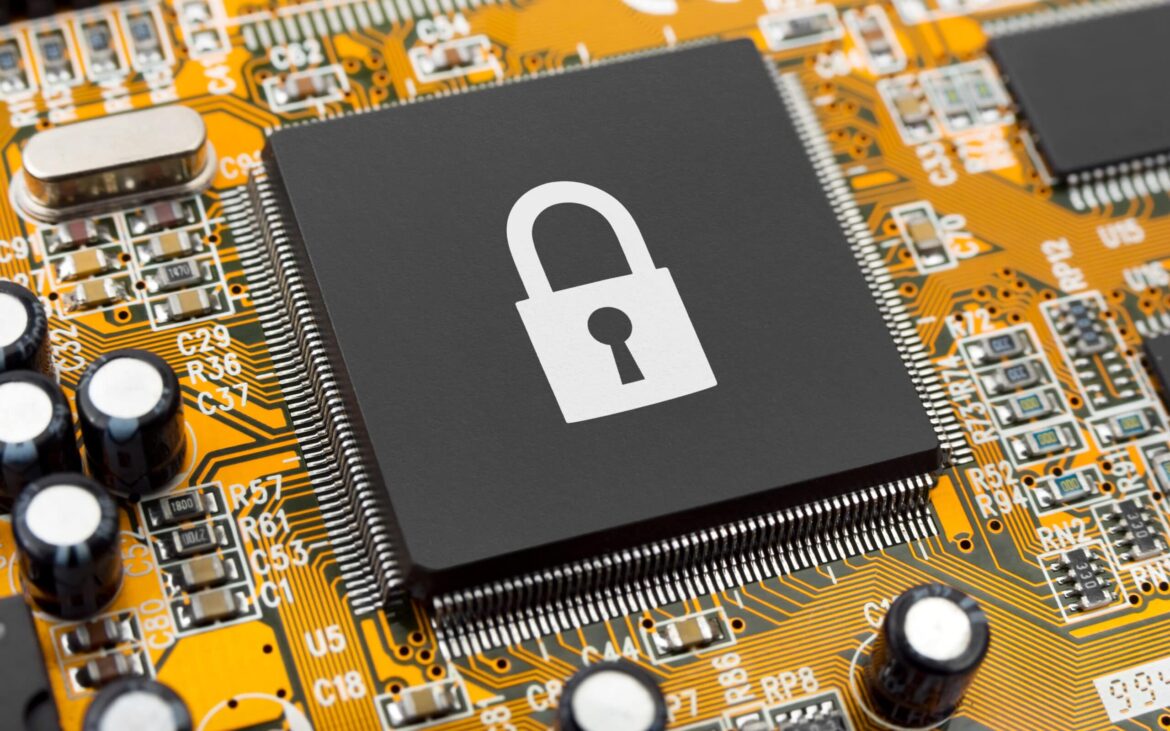1.7K
Since Windows 8, “Secure Boot” has been part of the Windows operating system, but the function can be disabled. To do this, you have to go into the “BIOS” successor “UEFI”. We will guide you through the individual steps.
How to deactivate “Secure Boot “
Secure Boot prevents malware from being started on your PC. The function ensures that only tested and signed firmware parts and no manipulated software is used. However, if you use old hardware, Secure Boot can be a hindrance and possibly prevent the start. In this case, you can deactivate Secure Boot.
- Start your PC and press the button to enter the “UEFI BIOS” at the beginning of the boot process. This varies from manufacturer to manufacturer. If you are not sure which key to press, try [Del], [F1], [F2], [F12] or [ESC]. You can also find the correct key in the manual.
- Depending on the BIOS version, the “Secure Boot” option is hidden under a different tab. Usually, however, it is called “Boot”, “Security” or “Authentication”. Navigate there.
- Now you see the entry “Secure Boot”. This is set to “Enabled”.
- To disable “Secure Boot” now, select the option with “Enter” and set it to “Disabled” (see picture).
- Press the [F10] key to save the change and then restart the computer.

